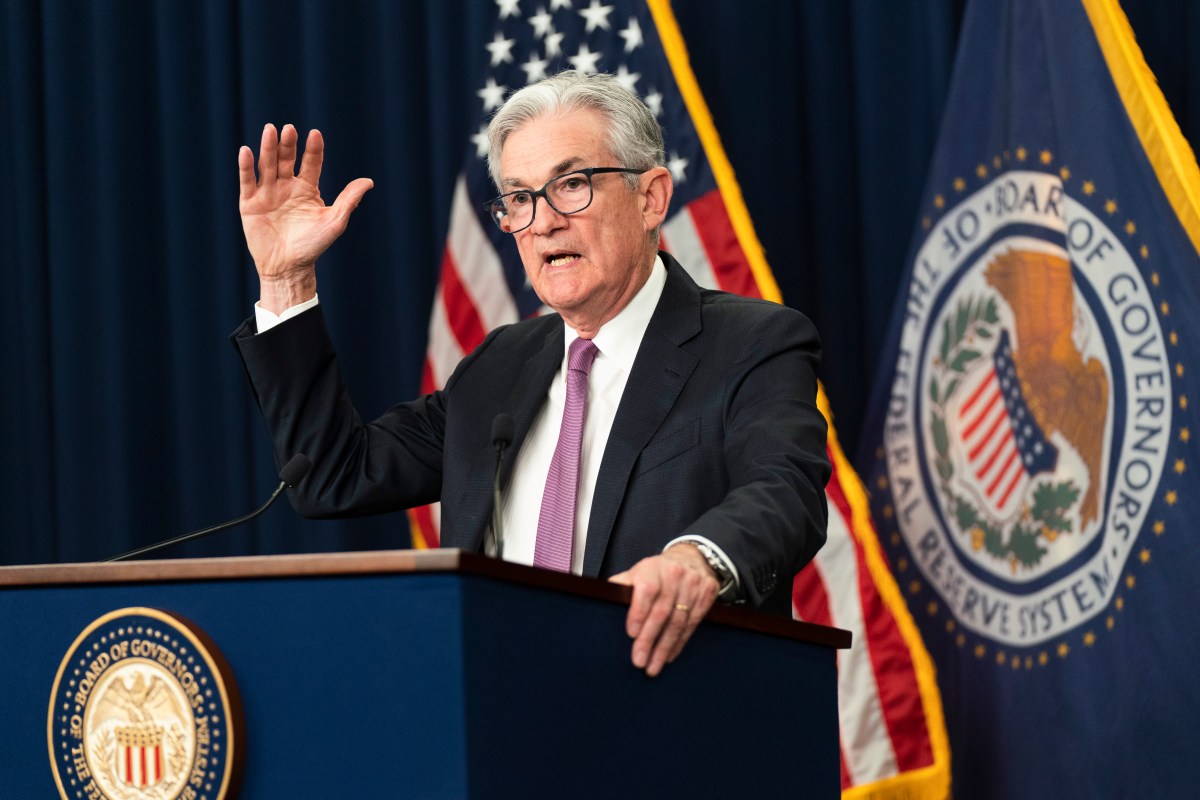Rules of thumb are often misleading. Biden administration critics have seized on an axiom that two consecutive quarters of negative Gross Domestic Product growth signal a recession. That’s not a rule followed by any economist I know. Thankfully, the official arbiter of whether and when a recession has begun, the Business Cycle Dating Committee of the National Bureau of Economic Research, applies more nuanced and reliable measures. Those criteria point to continuing growth in the United States.
The critics often misunderstand how the Bureau of Economic Analysis calculates GDP. The BEA is a Commerce Department agency staffed by hundreds of professional economists and statisticians and one I know well since I oversaw it as undersecretary of commerce in the 1990s. This week, the BEA reported that the nation’s GDP, adjusted for inflation, declined at an annual rate of 0.9 percent in the second quarter, following a 1.6 percent decline in the first quarter. That sounds dispiriting, but behind the headline numbers, the basic growth elements provide a more encouraging gauge of the economy’s path and prospects.
Start with employment, which normally contracts in the first two quarters of recent recessions. Over the first six months of the 1990–91 recession, employment fell by 690,000, or 0.6 percent. Similarly, over the first two quarters of the recessions of 2001 and 2007–09, employment fell respectively by 761,000 and 426,000 positions, or 0.6 percent and 0.3 percent.
That’s not happening today. In the first two quarters of 2022, employment grew rapidly, increasing by 2,740,000, or 1.8 percent. That growth even outpaced the best periods of recent expansions: Employment rose 1.4 percent in the first two quarters of 1997, 1 percent in the first two quarters of 2005, 1.1 percent in the first two quarters of 2014, and 1 percent in the first two quarters of 2018.
Nor are there signs that the current job boom is ending. Look at the past six months: Job openings averaged 11,500,00 per month while an average of 6.1 million people were unemployed and looking for work. There are no recessions on record that began with two job openings for every jobless person.
Other fundamental drivers in the economy also don’t point toward a recession. For example, real consumer spending grew 1.8 percent and 1 percent in the first and second quarters. That’s slower than in 2021 but nothing like the first two quarters of the 1990–91 and 2007–09 recessions, when real consumer spending contracted.
This week’s BEA report also shows that real fixed business investment fell at a 0.1 percent rate in the second quarter. However, that’s not yet worrisome, since the slight decline was measured against the first quarter’s big, 10 percent jump in business investment. And measured against the second quarter of 2021, real fixed business investment grew by 3.5 percent.
If there’s a dark cloud on the economy’s horizon, it’s housing investment—covering the construction of new single-family and multi-family homes, residential remodeling, and production of manufactured homes. After growing at a 0.4 percent rate in the first quarter, housing investment responded to rising mortgage rates by falling at a 14 percent clip in the second quarter. To be sure, housing investment is volatile, and we must wait to see if its downward path persists.
If employment, consumption, and business investment don’t point to recession, why did real GDP growth go south in the past two quarters? Three other factors—all less central to economic growth—pulled down the numbers. In the first quarter, the main culprit was a widening trade deficit that technically subtracted 3.23 percent from GDP growth, or twice its overall decline of 1.6 percent. But a worsening trade deficit does not portend a recession. In this case, our purchases of imports increased much faster than those of American exports by people in other countries, so the trade imbalance swelled because the U.S. was better off.
Similarly, the main force driving down GDP in the second quarter was contracting business inventories. Businesses generally finance increases in their inventories. So as interest rates rose in the second quarter, inventory purchases fell sharply, subtracting 2 percent from GDP. Shrinking government deficits in both quarters of this year also lowered GDP, but smaller deficits are usually considered beneficial for the economy even as they technically dampen GDP.
Finally, this year’s accelerating inflation contributed to the drop in real GDP by offsetting a growing share of production. Compared to the first two quarters of 2021, when inflation was lower, real GDP grew at rates of 3.5 percent and 1.6 percent in the first and second quarters of this year.
Inflation and how well the Federal Reserve addresses it are the main factors determining how soon this expansion will end, as it must at some point. Even as the economy’s fundamentals generally remain sound, there is a danger that the Fed’s interest rate hikes may prove too large, dampening demand and employment too much. On the bright side, reducing inflation without triggering a downturn could help extend our healthy growth for several years.



